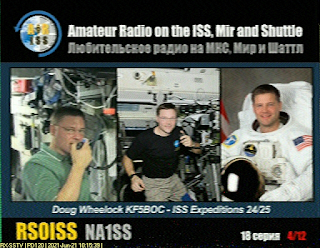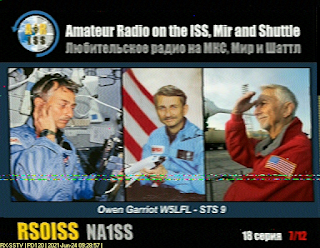This is another good use for the low cost RTL-SDR type of software defined radio equipment.
There is only one additional piece of software required, and that is:
SodiraSDR Software Radio by Bernd Reiser
Radio Data System, or 'RDS', is a communications protocol standard for embedding small amounts of digital information in conventional FM radio broadcasts.
It creates a standard format for a variety of information including time, station identification and program information.
It uses an error correcting method with a data speed of 1.1875 kb/s on a 57kHz subcarrier of the FM radio broadcast signal - 88-108 MHz range in the UK.
It is very easy to set up; the extracted folders and files can be placed wherever you like on your PC and only require a copy of the ExtIO_RTL2832.dll file for your RTL-SDR device being placed in the top level folder.
The software does a whole lot more than receive FM and decode RDS, and will work with Digital Radio Mondiale, or 'DRM' digital modes, AM and SSB too.
Unlike some of the other SDR projects I have played with, I found that I needed a relatively strong signal to see the RDS decoding. A typical FM stereo broadcast signal will have +/- 75kHz deviation and 15kHz audio response. That occupies 180kHz bandwidth. When you add the RDS signal, it extends it even further. I found a filter setting of 190kHz best.
Here are a couple of screenshots for the main waterfall window and the RDS decode window:






































































